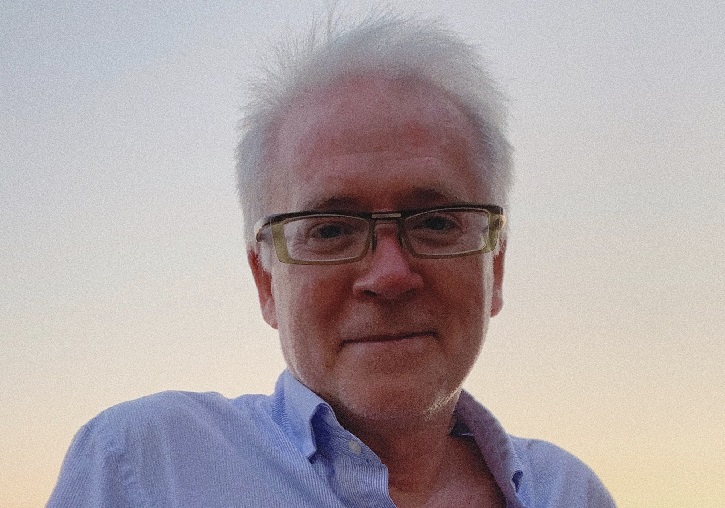
The University of Valencia (UV), the Institute of Biomedicine of Valencia (IBV) of the CSIC and the Carlos III Health Institute (ISCIII) are investigating the molecular mechanism by which the SARS-CoV-2 virus assembles virions (morphologically complete particles but not contagious since they do not contain the viral RNA) in the cells infected in COVID-19. The work analyses the membrane proteins (that when separated would cause the destruction of the cell envelope) and has been funded in the ISCIII FONDO-COVID19 call, aimed at supporting research projects on the virus and the disease it causes.
“Understanding how the proteins of the virus envelope interact with each other can lead us to identify new targets for the development of antivirals that prevent or hinder the formation of virions, reducing the multiplication of the virus”, says Ismael Mingarro, Full Professor of Biochemistry and Biology Molecular and coordinator of the Membrane Protein Group of the University of Valencia (UV).
The research is being carried out by the UV group; by the Institute of Biomedicine of Valencia (IBV-CSIC), directed by Marçal Vilar, who in turn coordinates the project; as well as by the Electronic and Confocal Microscopy Unit of the Carlos III Health Institute, led by Daniel Luque. The IBV also collaborates with the research groups of Helena Mira and Jerónimo Bravo.
The project “Structural analysis of SARS-CoV-2 membrane proteins for the design of new inhibitors of the viral assembly” analyses the mechanisms that cause the replication and dissemination of the virus through its assembly inside infected cells, one of the stages of the life cycle of a virus in which its genome is packed together with viral proteins in a lipid envelope.
The research team focuses on knowing especially the transit between the endoplasmic reticulum and the Golgi (where the formation of virions occurs), whose behaviour depends on protein-protein interactions between the structural proteins (M, S and E) of the virus. The lack of information on this complex mechanism has to date made it impossible to understand how SARS-CoV-2 viruses assemble.
“With this project, we intend to provide structural information on these interactions to the scientific and pharmaceutical community as the first step to achieve their inhibition”, highlighted Marçal Vilar in the project presented by the IBV-CSIC and in which he also points out: “We will identify new reasons of protein-protein interaction and we will determine its role in the viral assembly by generating VLPs (virus-like-particles)”, a process with virus-like particles that mimic the organisation of real viruses, but do not have their genome.
The proposal presented by the IBV, the UV, and the ISCIII responds to areas b and c of the FONDO-COVID19 call, which aims at the clinical, biological, and molecular characterisation of the COVID-19 disease, as well as the development of innovative, new therapies. antiviral, antiseptic and disinfectant molecules against SARS-CoV-2, or antiviral resistance studies.

.jpg)








